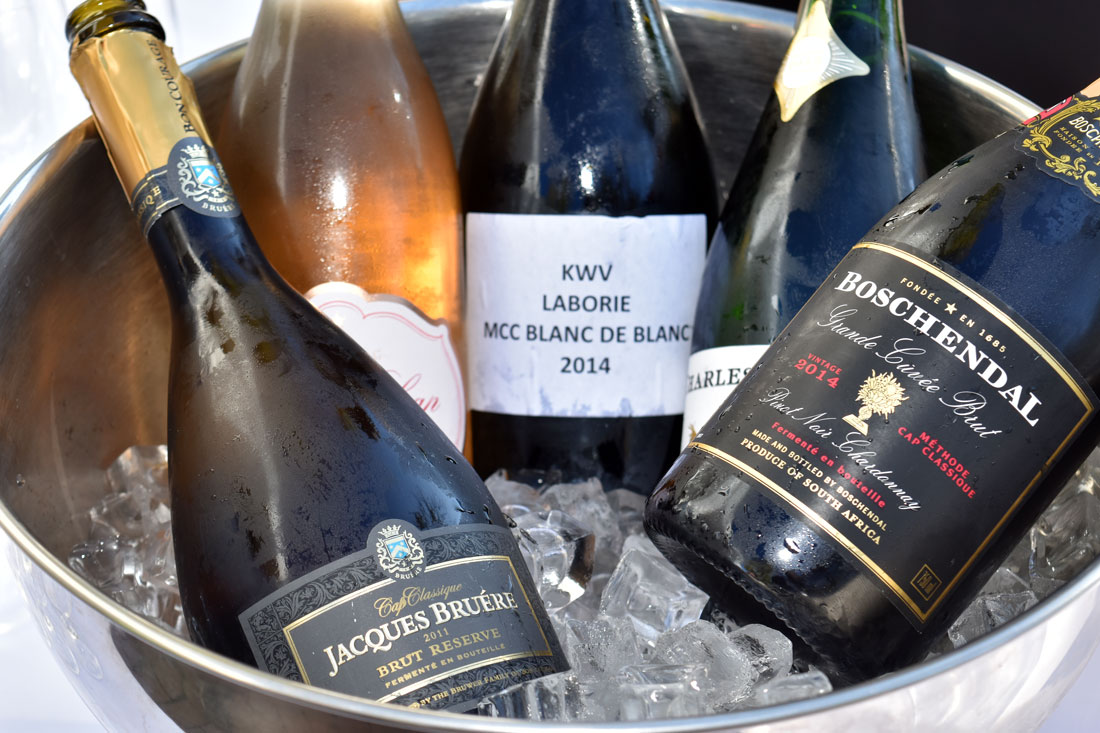Lynne wanted to try and
recapture the wonderful flavours of the casserole we had at Bones restaurant
when we went there a couple of months ago. This is her attempt. Getting a huge
piece of shin of beef on the bone is not easy so she used cut rounds of shin
4 or 6
rounds of shin of beef with the marrow bone in the centre, at least 3.5 to 4 cm
thick - salt and freshly ground black pepper – 2 Tbsps canola oil -one large
onion, chopped – 4 or 5 whole garlic cloves – 500 ml of good red wine – 2 cups
of good veal or beef stock – 4 baby carrots, washed and trimmed or two carrots peeled and chopped – 2 sticks of
celery, cut into 5 cm lengths – 3 courgettes, in 4 cm slices – 6 or 7 cobs of baby
corn – 1 Tbspn fresh thyme and 1 Tbspn fresh chopped rosemary – 2 bay leaves - 1 cup frozen peas
Turn on your oven to 150°C
Season the beef well with
salt and pepper. In the base of an oven proof casserole heat the oil and brown
the beef on both sides. Remove and set aside. Add the onion to the pot and fry gently
until it is beginning to take on colour. Add the whole garlic cloves – they
will disappear in the cooking. Pour in 2/3rds of the red wine and reduce
rapidly to half the quantity. Set the rest of the wine aside for later
Add the stock, the beef,
herbs and all the vegetables except the peas. Bring the casserole to a simmer,
put on the lid and put into the oven to slowly cook for at least 2 hours or
until the meat is falling off the bone. Check every hour or so to see that the
casserole is not going dry, add more water if it is. You do want it to reduce a
bit to a rich dark gravy. After two hours you can remove the bones (but do
leave the bone marrow in the casserole to enrich it), and any skin or sinews
you find inedible and cut the meat into chunks. Add the peas and the rest of
the wine and cook for another half an hour. ### Add the secret ingredient if
you can get it
This dish is undoubtedly
better on the second day, so if you can, precook it and keep in the fridge
To serve, all it needs
is some very buttery mashed potato, as all the vegetables are in the dish. And
served with a good bottle of red wine like Middelvlei Shiraz, our Wine of the Week
All content © John & Lynne Ford, Adamastor & Bacchus




























































